In The Best Soccer Movies – Part 1, we discussed some of the greatest soccer movies of all time including Bend It Like Beckham, United, and Goal! The Dream Begins. Today we are going to take a further look into some of the best soccer movies throughout history, and what makes them so important.
Escape To Victory (1981)
Escape to victory is easily one of the best soccer movies of all time. It takes place in a German prison camp during World War II, and stars professional soccer players such as Pele, Paul Van Himst, Mike Summerbee, Osvaldo Ardiles, Kazimierz Deyna, Booby Moore & Werner Roth. In this movie, Captain John Colby (Played by Michael Caine) is the coach of a group of Allied POW’s that will play a soccer game against a German team in a propaganda stunt. The POW’s ultimately devise a plan to escape during the game at halftime, however they decide to play the entire game despite losing 4-1 at the half. The allied POW’s battle back to tie the game after their game winning goal was disallowed by the biased German referees. Through the confusion that ensues after the game ends, the allied POW’s are able to escape their captors. Escape to Victory is the story of good triumphing over evil, making it an easy pick for our list of the best soccer movies of all time.
Mean Machine (2001)
The next film on our list of the best soccer movies is the 2001 British comedy/drama Mean Machine. This movie falls into the same prison genre as Escape To Victory and is an adaptation of the 1974 American film The Longest Yard. The story of Mean Machine focuses on the former captain of the English National Soccer team, Danny “The Mean Machine” Meehan. Meehan was banned from playing soccer ever again after throwing a match between England and Germany, and was sentenced to three years in Longmarsh prison after drunkenly assaulting police offers. Once he is locked up, the governor of the prison gives him the offer to coach the warden’s soccer team. He refuses to do so but offers to assemble and coach a group of prisoners to take on the guards in a practice soccer match. Meehan with the help of an older convict name Doc, and a contraband dealer named Massive, begins to train his team for the practice match against the Warden’s team. During the final game, the prisoners are up at half time by a score of 1-0. The Prison Governor bribes Meehan into throwing the game. At first he complies, but ultimately gets the assist for the game winning goal over the Prison Warden’s. This classic tale of the underdog prevailing makes Mean Machine an easy addition to our list of the best soccer movies of all time.
Fever Pitch (1997)
Another great addition to our list of the best soccer movies of all time is the 1997 romantic comedy, Fever Pitch. This movie is based on the 1992 book written by Nick Hornby. Fever pitch tells the story of Paul Ashworth an English teacher in London whose love for the Arsenal Soccer team is border line obsessive. Paul falls in love with Sarah Hughes, a new teacher at the school Paul teaches at who is nearly perfect in every way for Paul except for the fact that she doesn’t like soccer. The film follows the story of this burgeoning romance and how Paul’s love of soccer & the Arsenal team may ultimately drive the two apart. Sarah becomes pregnant and issues an ultimatum to Paul to decide which is more important to him – Sarah & the baby, or the Arsenal soccer team. Fever Pitch is an excellent addition to our list of the best soccer movies of all time. Make sure to check out this great film and see what Paul decides to do!
Stay tuned for Part 3 of our list of the best soccer movies!
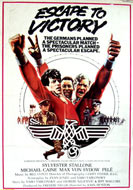
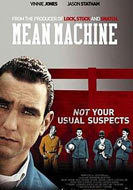


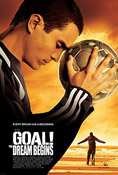

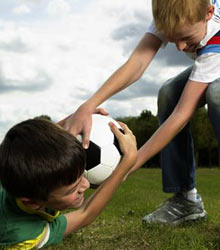
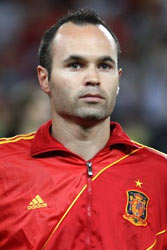
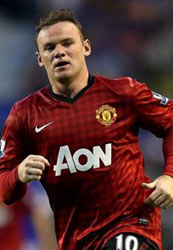
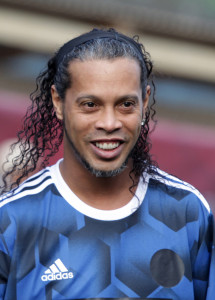
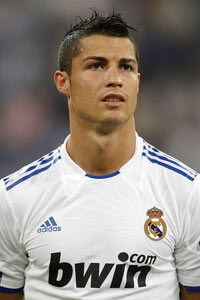
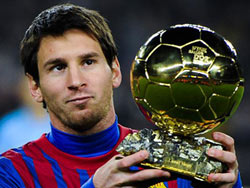
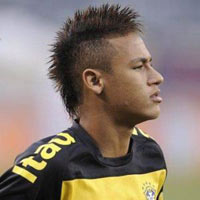 Neymar da Silva Santos was born February 5th, 1992 in Mogi das Cruzes, Sao Paulo, Brazil to Neymar da Silva, Sr. and Nadine Santos. Inheriting his name from his father, who was a former soccer player himself, Neymar’s father has been his adviser throughout his development as a soccer player. He is currently a forward for the Brazilian National Team and Santos FC in the Brasileriao Serie A.
Neymar da Silva Santos was born February 5th, 1992 in Mogi das Cruzes, Sao Paulo, Brazil to Neymar da Silva, Sr. and Nadine Santos. Inheriting his name from his father, who was a former soccer player himself, Neymar’s father has been his adviser throughout his development as a soccer player. He is currently a forward for the Brazilian National Team and Santos FC in the Brasileriao Serie A. Detroit native Norman Koza, whose love for film got his experience from making his first feature.
Detroit native Norman Koza, whose love for film got his experience from making his first feature. BBA-Banking & Finance from University of Michigan. Lance has written 30 screenplays and directed 4 features.
BBA-Banking & Finance from University of Michigan. Lance has written 30 screenplays and directed 4 features. Email Us
Email Us